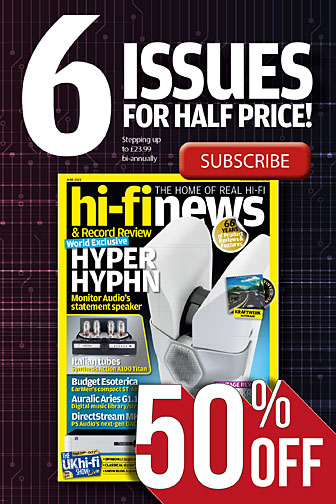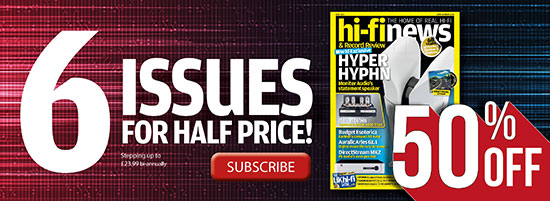LATEST ADDITIONS
|
Dec 25, 2017
|
Dec 18, 2017
|
Dec 11, 2017
|
Dec 01, 2017

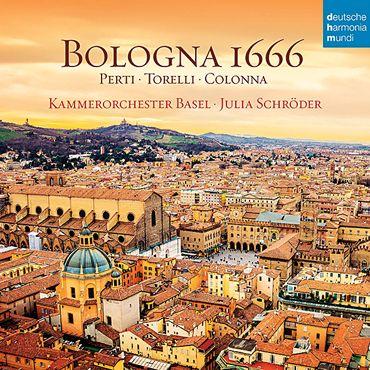
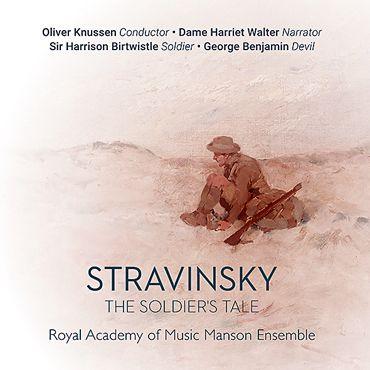

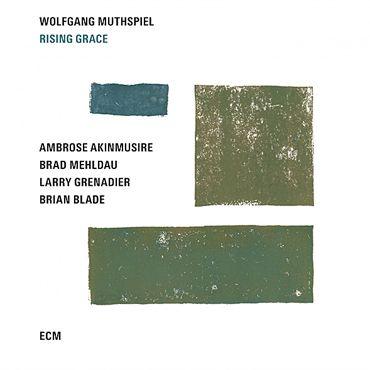
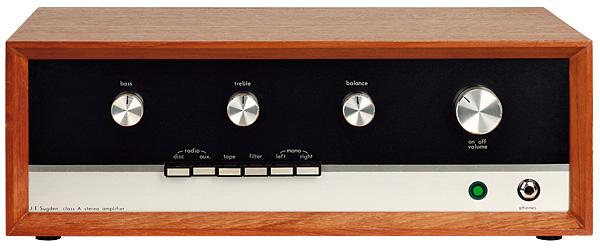
 Designed by James Sugden in collaboration with Richard Allan, is the second iteration of this milestone Class A transistorised amp the one to buy? It's time to check it out...
Designed by James Sugden in collaboration with Richard Allan, is the second iteration of this milestone Class A transistorised amp the one to buy? It's time to check it out...
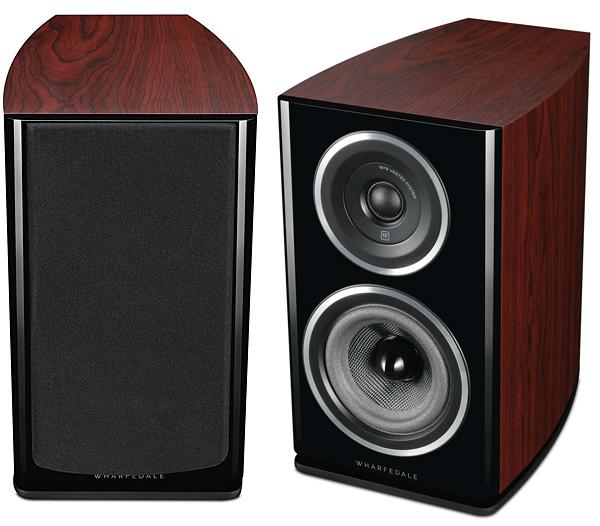
 Not the diddiest of the new Diamonds, but can the smart-looking 11.1 live up to its heritage?
Not the diddiest of the new Diamonds, but can the smart-looking 11.1 live up to its heritage?
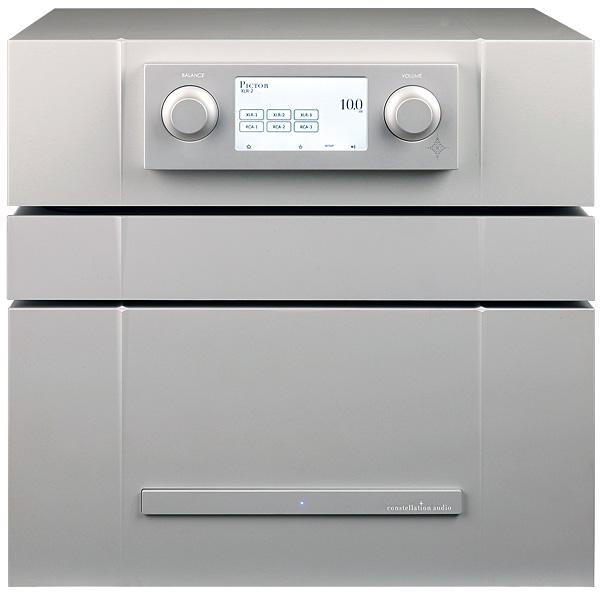
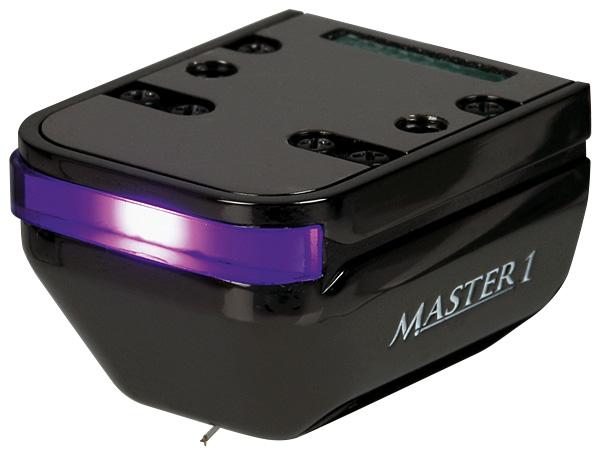
 DS Audio’s flagship optical cartridge is one of the most expensive we’ve tested – but the £20k price tag includes a dedicated PSU/equaliser. KK rediscovers his LP collection...
DS Audio’s flagship optical cartridge is one of the most expensive we’ve tested – but the £20k price tag includes a dedicated PSU/equaliser. KK rediscovers his LP collection...
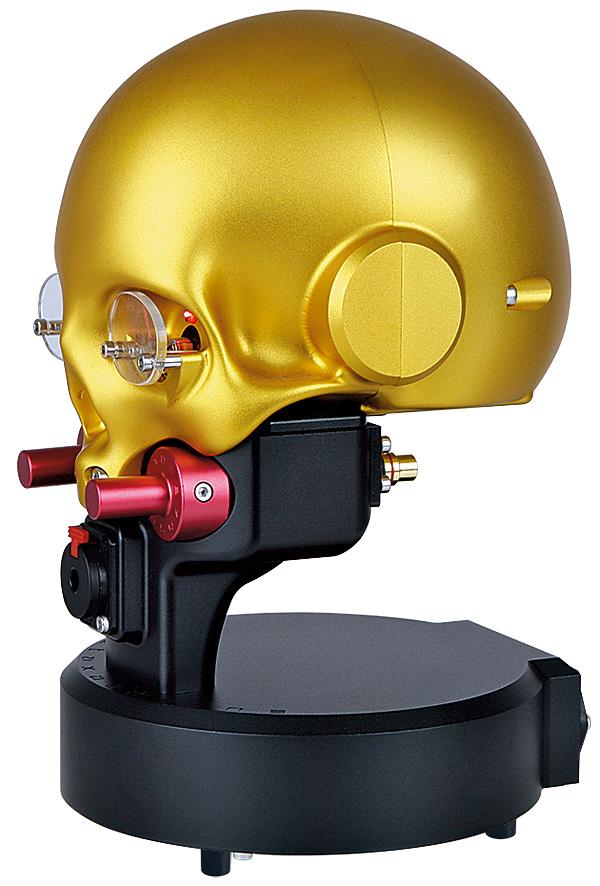
 Something for the high-end user with a sense of fun – Metaxas' Marquis 'Memento Mori' headphone amp marries form with function and the result is rather jolly. Er, Roger.
Something for the high-end user with a sense of fun – Metaxas' Marquis 'Memento Mori' headphone amp marries form with function and the result is rather jolly. Er, Roger.
